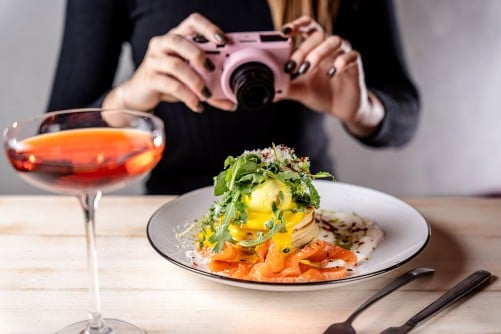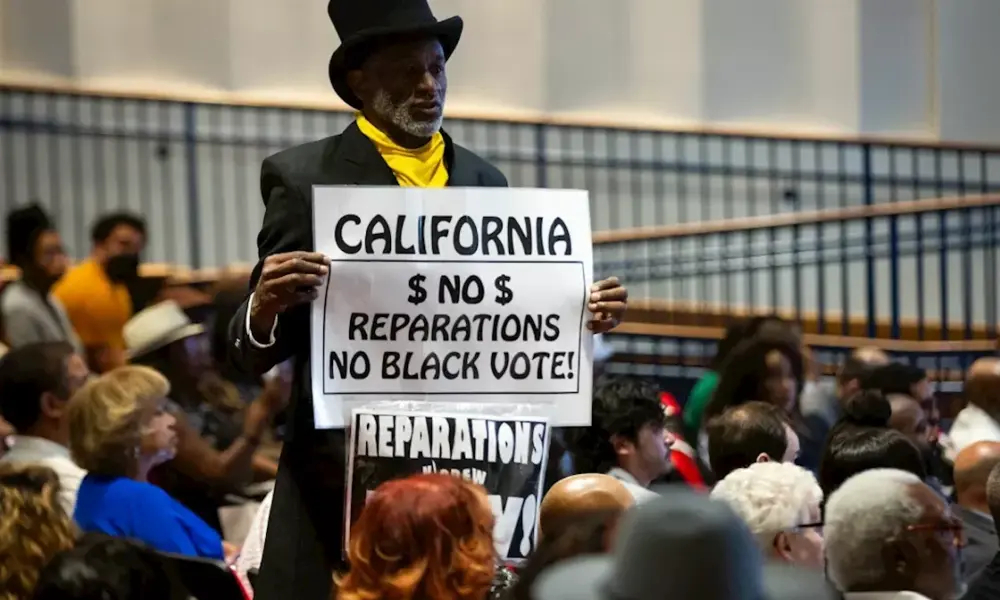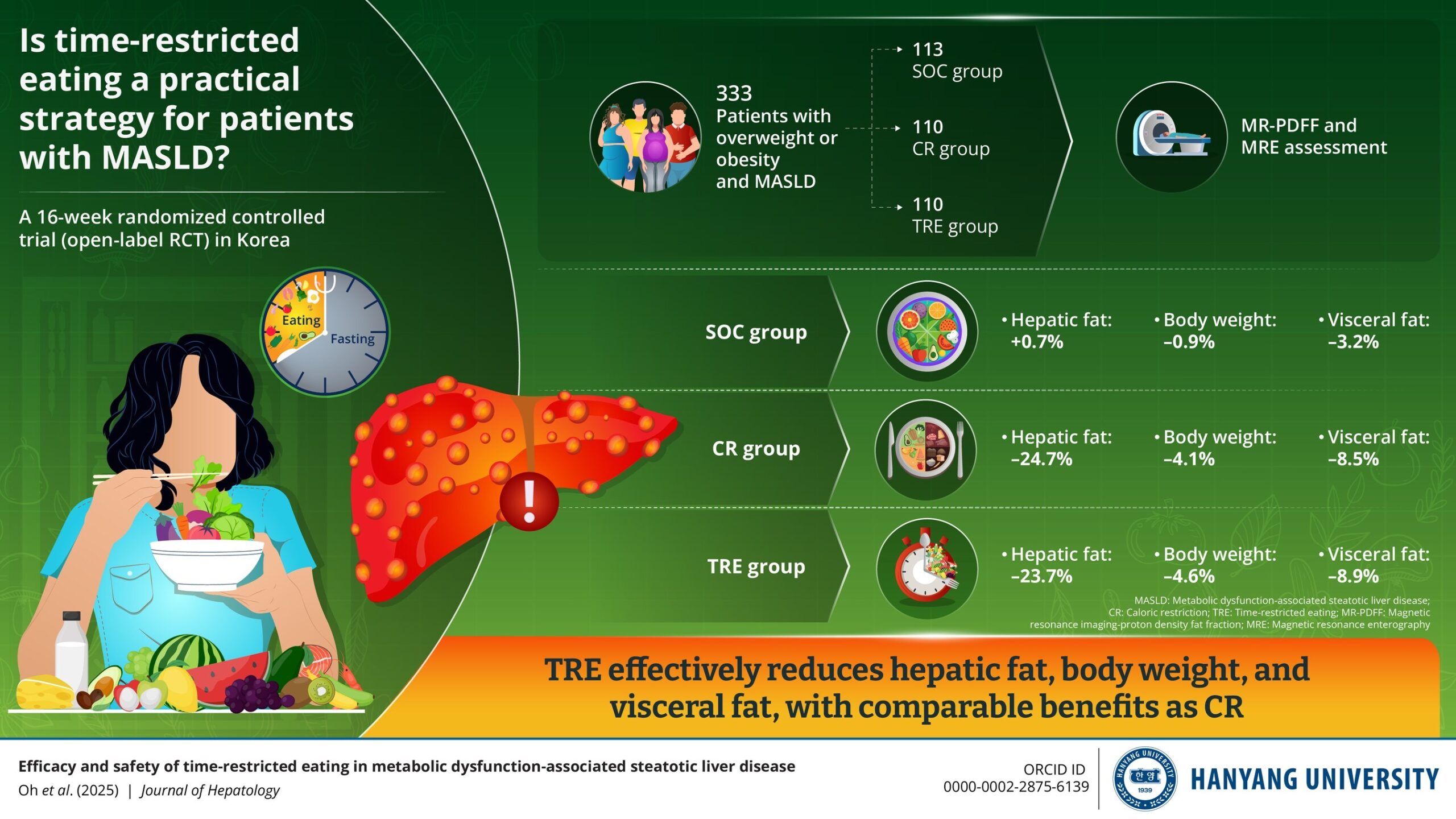A comprehensive review by Rutgers Health has revealed that exposure to alcohol advertisements on social media significantly increases drinking behaviors among teens and young adults. The analysis, which encompassed data from 31 studies, found a clear association between digital alcohol marketing and real-world alcohol consumption.
Jon-Patrick Allem, an associate professor at the Rutgers School of Public Health and the Rutgers Robert Wood Johnson Medical School, emphasized that the debate surrounding social media usage often overlooks a critical factor. “It’s not how long you spend on social media but what content you see that affects you,” Allem stated. His insights highlight the concern that young individuals exposed to alcohol promotions are more likely to engage in drinking, regardless of the context or demographic.
The meta-analysis, published in The Lancet Public Health, aggregated data from 62,703 individuals. It revealed that participants who encountered digital alcohol marketing were approximately twice as likely to report using alcohol or binge drinking in the past 30 days compared to those who did not see such advertisements. Lead author Scott Donaldson, an assistant professor of general internal medicine, noted that while overall youth drinking rates are declining, personalized feeds on social media can still normalize alcohol consumption for certain young people.
The researchers analyzed six databases for studies published since the rise of major social media platforms, employing multilevel random effects models to combine results. They found that exposure to digital marketing was associated with about a 75% higher likelihood of any reported drinking in the past month and an approximately 80% higher chance of binge drinking. Additionally, susceptibility to alcohol use among individuals who had never consumed alcohol also increased significantly.
The findings indicate that digital alcohol marketing is particularly impactful among adolescents who use social media, where content can range from paid placements to influencer partnerships. The term “digital alcohol marketing” encompasses various online promotional strategies, including brand pages and sponsored content. It is important to note that unsponsored content does not fall under this definition.
Many studies included in the meta-analysis were cross-sectional surveys, which can establish correlations but do not confirm causality between exposure to ads and the initiation of drinking. The authors of the review advocate for stronger research designs that can clarify whether exposure to alcohol marketing precedes alcohol use. Allem’s group is conducting a pilot experiment to address this question directly.
In their study, approximately 2,000 young adults who viewed lifestyle influencer videos featuring alcohol expressed a 1.5 to 2.5 times greater interest in drinking compared to peers who watched similar videos without alcohol, even when accounting for recent drinking habits. “Subtle cues can move intentions,” Allem remarked, reinforcing the need for ecologically valid experiments that monitor behavior over time.
The review found that the influence of digital marketing was particularly pronounced on social media platforms, with effects appearing stronger in adolescents compared to adults. This pattern could inform regulatory efforts aimed at protecting youth from harmful exposure. Although social media platforms collect age and interest data that could limit exposure to alcohol advertising, current industry self-regulation is inconsistent, and age restrictions are often easily bypassed.
Allem concluded, “They could solve this overnight. The question is will, not capability.” As the research continues, it is vital for stakeholders to consider the implications of digital marketing strategies on youth drinking behaviors and to implement effective measures to safeguard young audiences.







